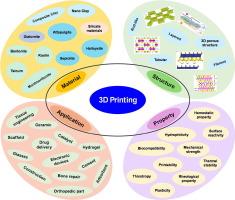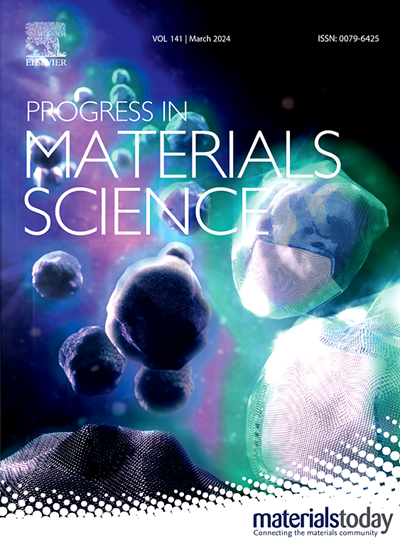Advances and application potential in the research of silicate mineral-based 3D printing materials
IF 33.6
1区 材料科学
Q1 MATERIALS SCIENCE, MULTIDISCIPLINARY
引用次数: 0
Abstract
3D printing has been widely applied in various industrial fields. However, the widespread adoption of 3D printing in industrial applications has been somewhat limited due to the inconsistent quality of printing materials and the weak mechanical properties of certain materials. While existing literature has reviewed the importance of different 3D printing materials, this review will focus on the latest advancements and insights into the use of silicate minerals as additives to enhance the biocompatibility, mechanical properties, environmental, and architectural attributes of 3D-printed products. This review comprehensively summarizes the latest developments in the field of silicate minerals in 3D printing. Specifically, we delve into the unique composition, structure, and morphological characteristics of silicate minerals, exploring their potential applications. Finally, we highlight the main challenges faced in applying silicate minerals in 3D printing and provide an outlook for future directions. This review aims to provide critical theoretical guidance and technical support for scholars who wish to utilize low-cost silicate minerals as additives to prepare high-performance 3D printing materials. By integrating the latest research progress, we hope to promote the wider application of 3D printing technology and silicate mineral additives, thereby fostering continuous innovation and development in this field.


求助全文
约1分钟内获得全文
求助全文
来源期刊

Progress in Materials Science
工程技术-材料科学:综合
CiteScore
59.60
自引率
0.80%
发文量
101
审稿时长
11.4 months
期刊介绍:
Progress in Materials Science is a journal that publishes authoritative and critical reviews of recent advances in the science of materials. The focus of the journal is on the fundamental aspects of materials science, particularly those concerning microstructure and nanostructure and their relationship to properties. Emphasis is also placed on the thermodynamics, kinetics, mechanisms, and modeling of processes within materials, as well as the understanding of material properties in engineering and other applications.
The journal welcomes reviews from authors who are active leaders in the field of materials science and have a strong scientific track record. Materials of interest include metallic, ceramic, polymeric, biological, medical, and composite materials in all forms.
Manuscripts submitted to Progress in Materials Science are generally longer than those found in other research journals. While the focus is on invited reviews, interested authors may submit a proposal for consideration. Non-invited manuscripts are required to be preceded by the submission of a proposal. Authors publishing in Progress in Materials Science have the option to publish their research via subscription or open access. Open access publication requires the author or research funder to meet a publication fee (APC).
Abstracting and indexing services for Progress in Materials Science include Current Contents, Science Citation Index Expanded, Materials Science Citation Index, Chemical Abstracts, Engineering Index, INSPEC, and Scopus.
 求助内容:
求助内容: 应助结果提醒方式:
应助结果提醒方式:


